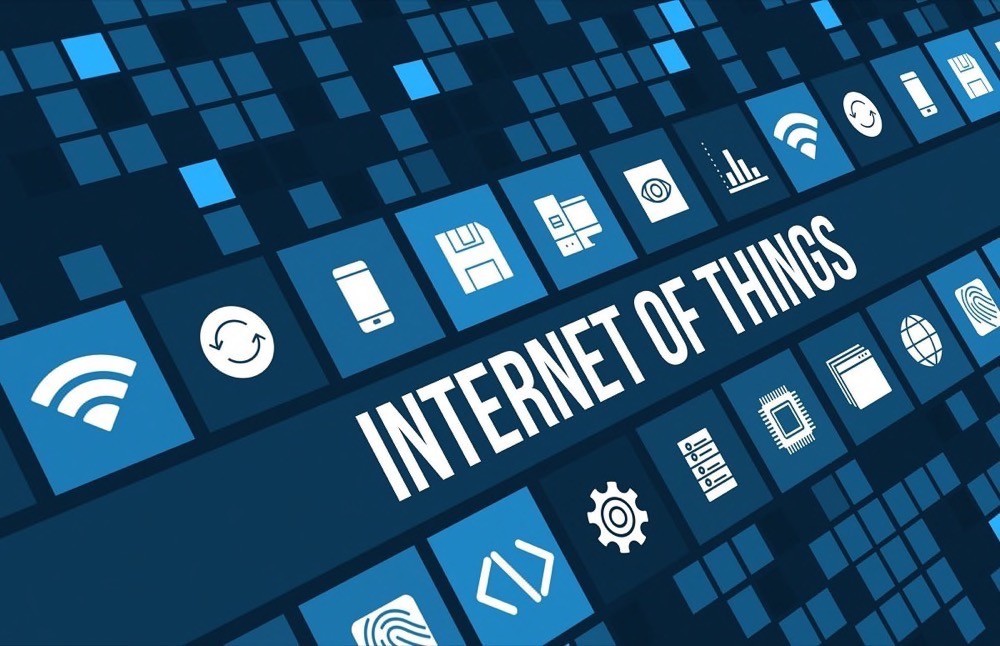Through technology, Microsoft has been successfully influencing the way citizens, enterprises and governments engage in healthcare services, agricultural practices, education and everyday work. Microsoft recently showcased several projects that make use of the company’s Internet of Things (IoT) applications, cloud-based artificial intelligence, cognitive services.
The world is today powered by an intelligent cloud and the intelligent edge. Some of the examples of transformative technology and IoT applications for a Digital India showcased were for agriculture, drinking water quality monitoring, and smart lighting etc.
Project FarmBeats is a research project for agriculture that enables seamless data collection from various sensors, cameras and drones. Next Microsoft and ICRISAT announced a pilot project of AI-based Sowing App for farmers. The program was expanded to touch more than 3000 farmers during the Kharif season of 2017 for a host of crops including groundnut, ragi, maize,etc. The Sowing App was developed to help farmers achieve optimal harvests by advising on the best time to sow using data about weather conditions, soil quality and other indicators.
Authorities across states have turned to IoT to monitor drinking water quality for its citizens. Using the power of the Microsoft cloud, IoT applications and data, the solution monitors the water quality. The solution is currently being used for Monitoring drinking water quality online by the Bangalore Water Supply and Sewerage Board (125 stations) and Karnataka Urban Water Supply and Drainage Board(KUWSDB) in Hubli–Dharwad & Bijapur (3 stations) and Online sewage treatment and flow monitoring by Delhi Jal Board (36 stations) to name few.
Microsoft Azure IoT is also powering India’s first Smart Street Lighting Project for the pink city of Jaipur, underscoring Microsoft’s mission of transforming public spaces digitally. In 1998, Microsoft initiated Project Bhasha to provide local language computing in Indian languages. And, now it is using AI for local language computing. Read more…












